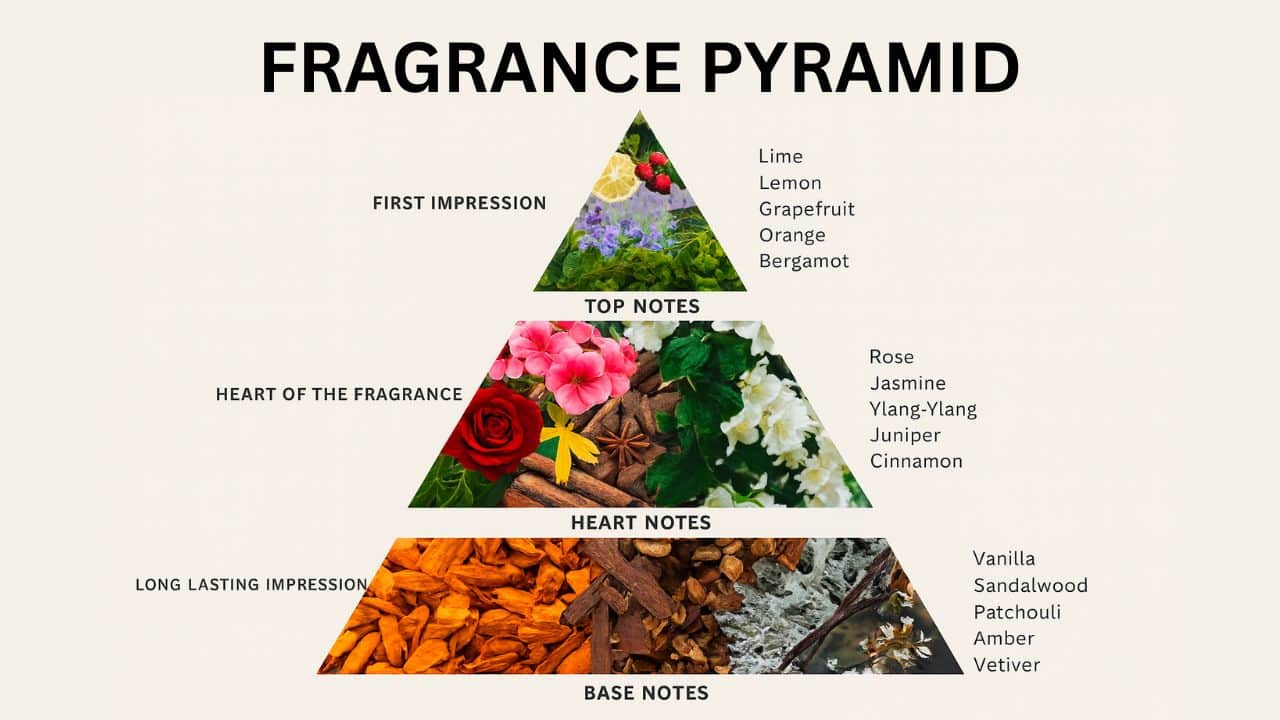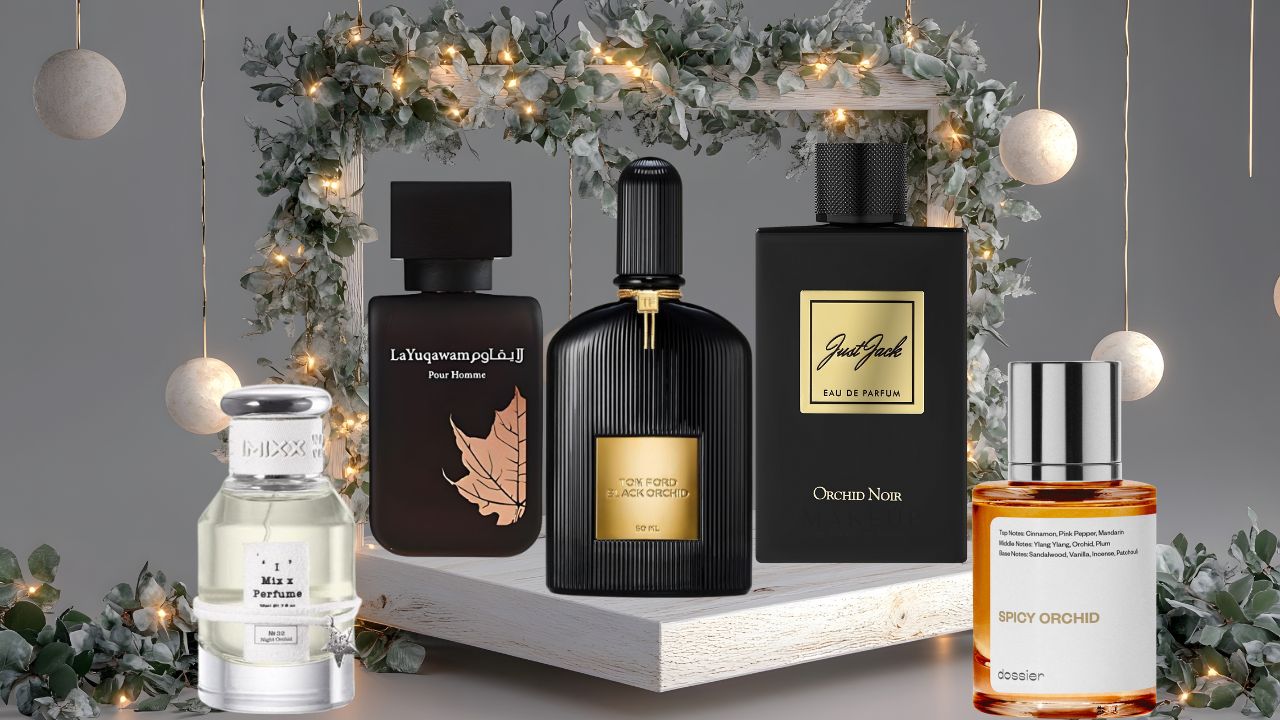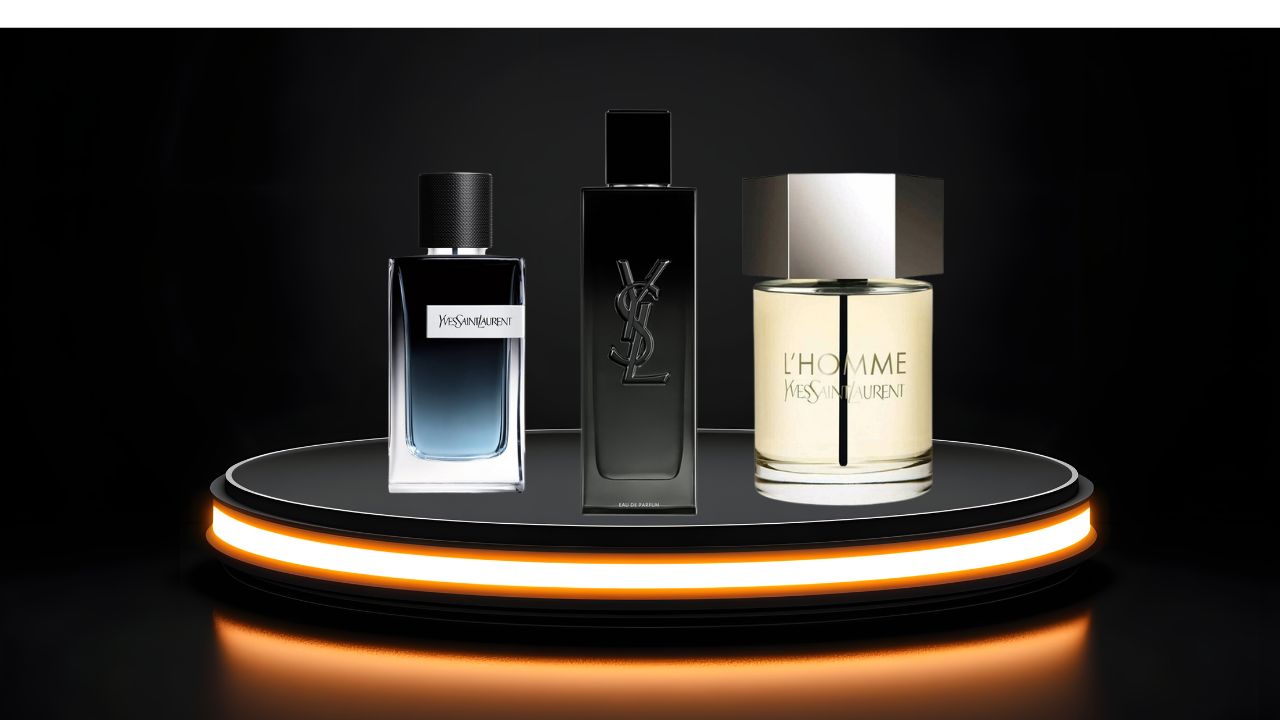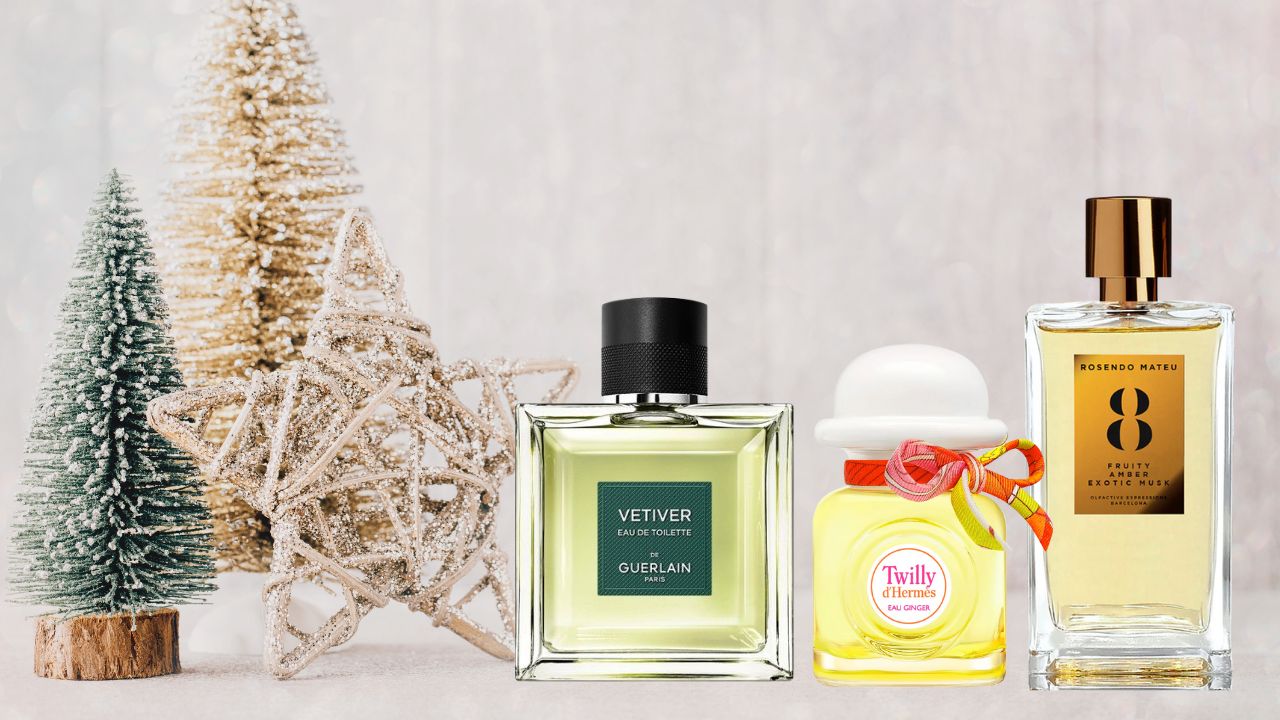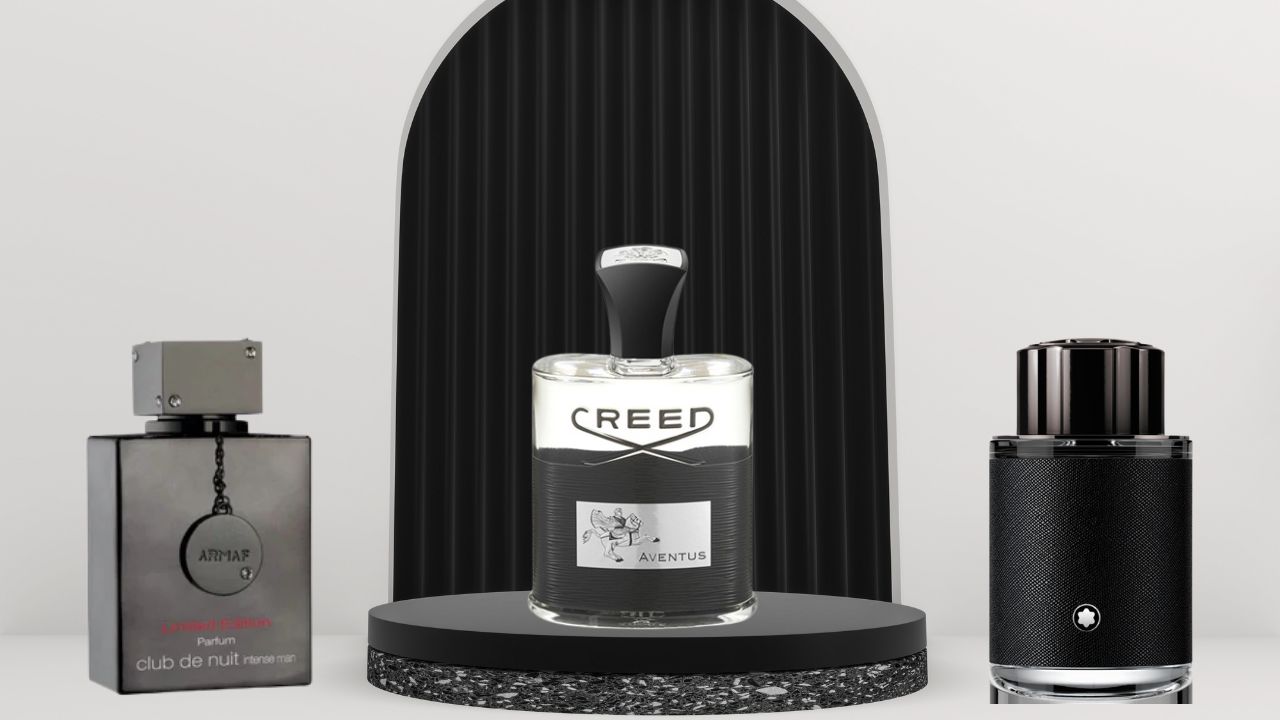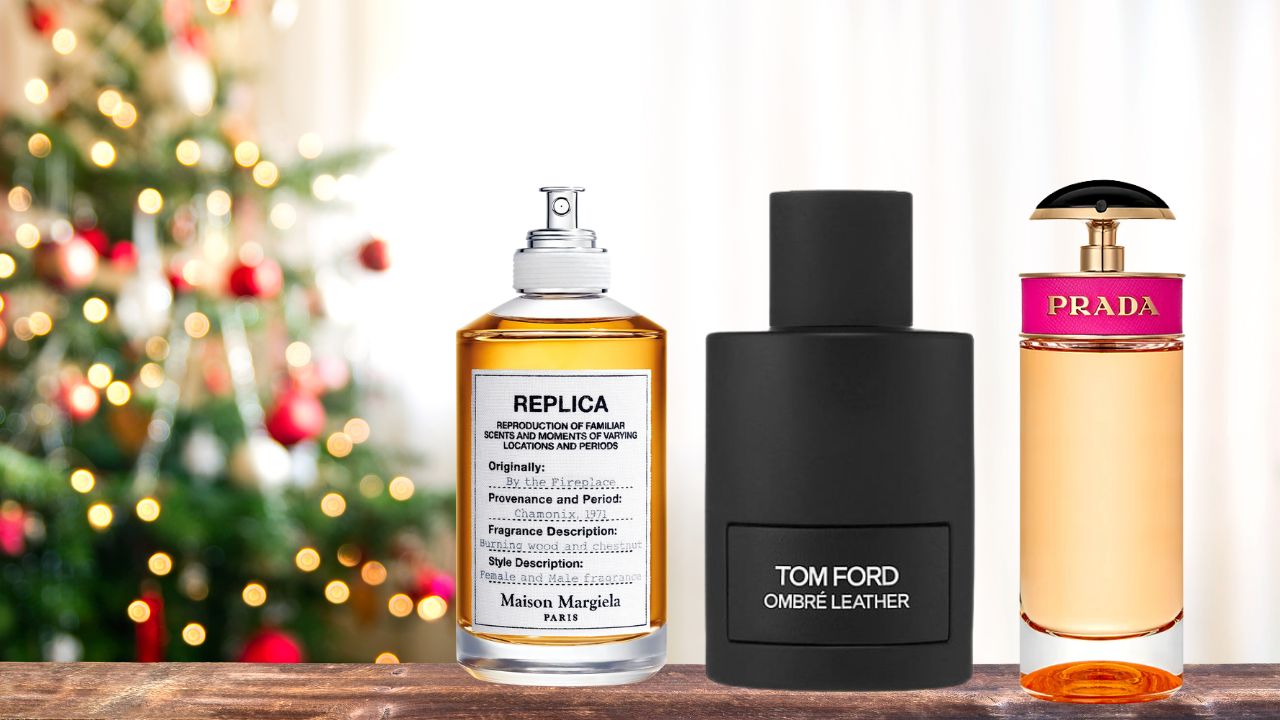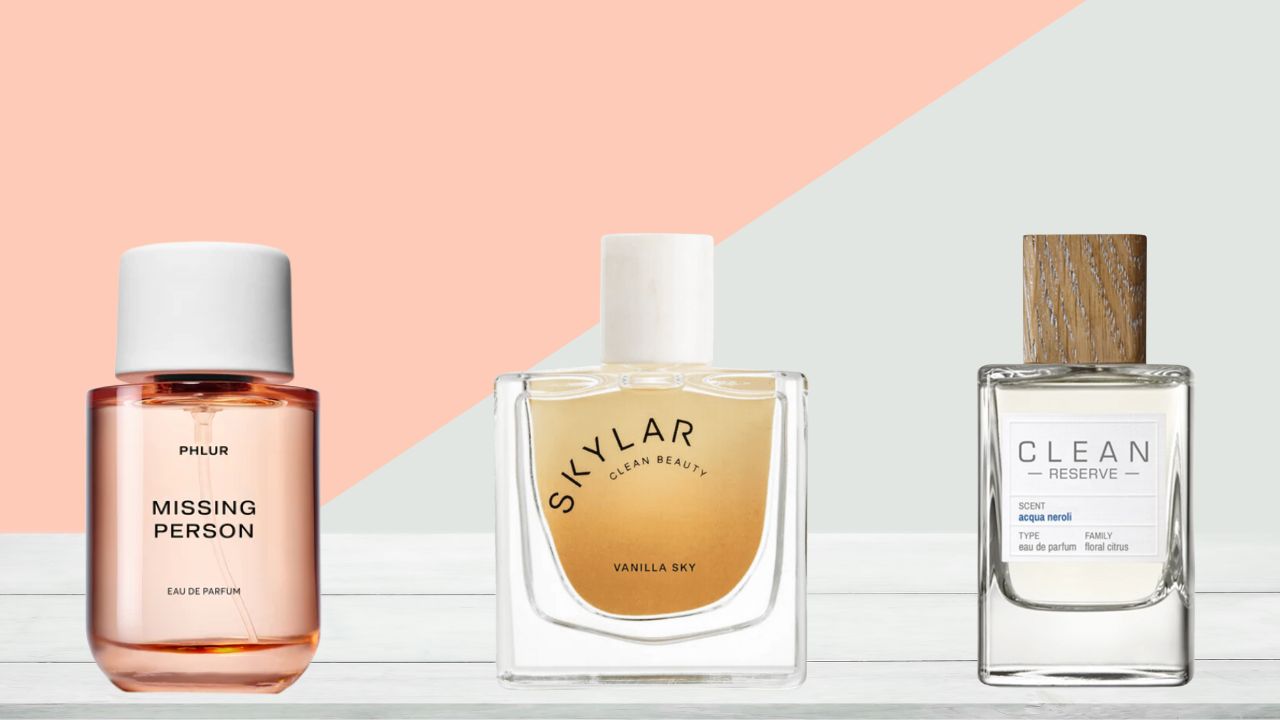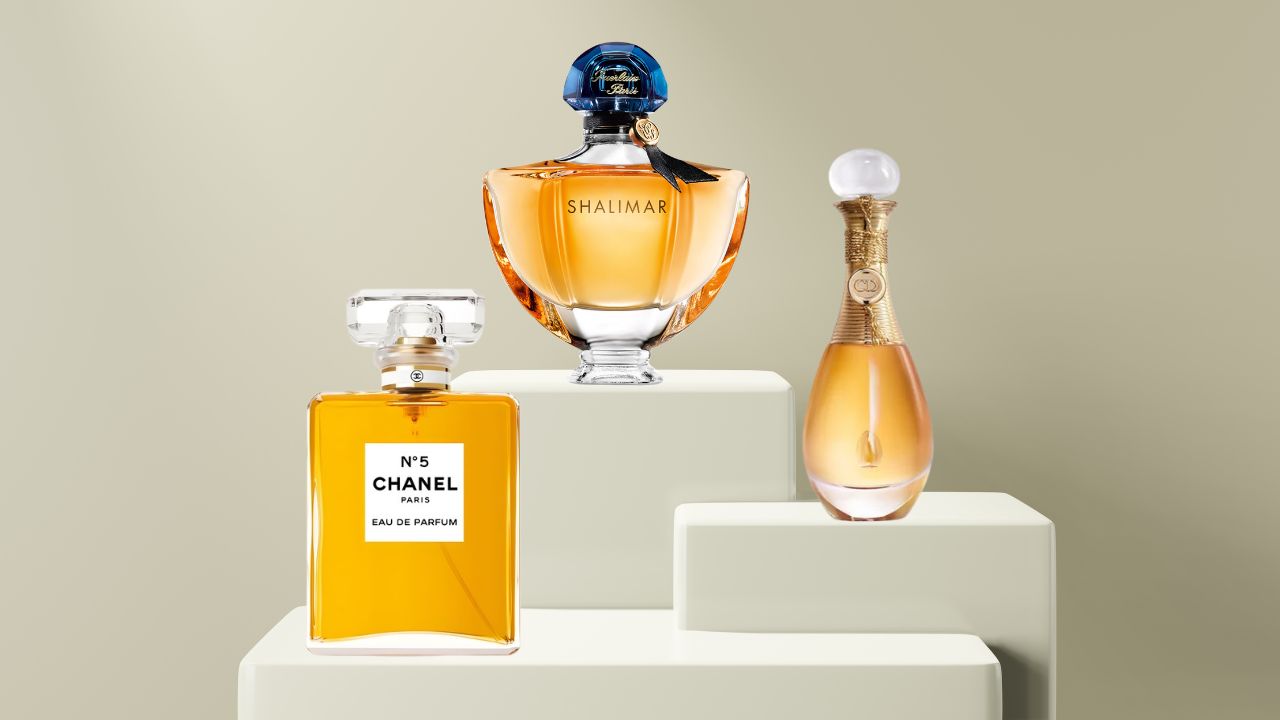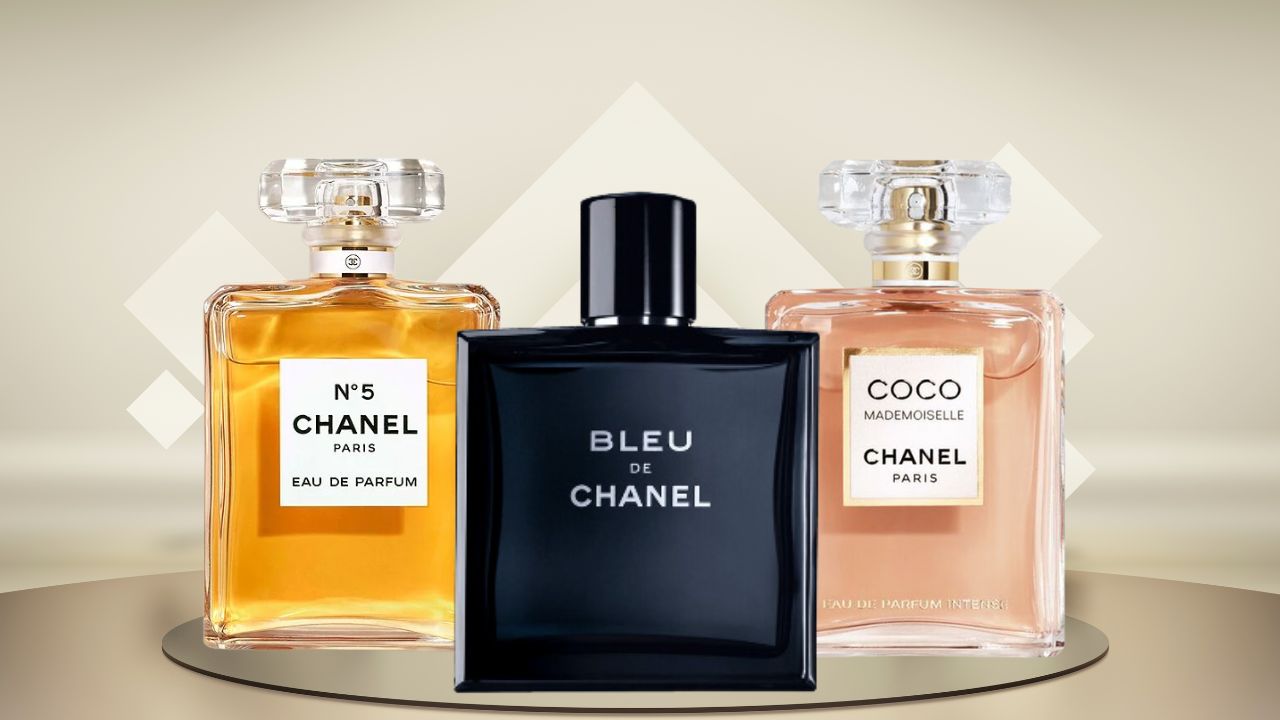Blog
Home / Perfume Stories / Perfume Olfactory Pyramid: Perfume Notes Explained (2025 Complete Guide)
Categories
Recent Posts
- 10 Reasons Why You’ll Love Being a Beautinow VIP Member
- The Sophisticated Art of Finding Cheaper Alternatives to Tom Ford Black Orchid
- Best YSL Perfumes for Men in 2026: The Definitive Guide
- Affordable Christmas Perfume Gifts That Actually Feel Luxurious
- The Definitive Guide to Perfumes That Smell Like Creed Aventus: Luxury Scents Without the Luxury Price Tag
Perfume is often described as invisible art. It’s a form of self-expression that can evoke memories, stir emotions, and define identity—all through scent. But what many don’t realize is that behind every bottle lies an intentional structure, a well-thought-out fragrance architecture designed to evolve throughout the day. This invisible design is known as the perfume olfactory pyramid.
The olfactory pyramid is the foundation upon which modern perfumery is built. It organizes a fragrance into three distinct layers: top notes, heart (or middle) notes, and base notes. These layers determine not only how a perfume smells but also how it unfolds over time, from the moment you spray it to the lingering scent that clings to your skin hours later. Understanding this pyramid can help you become a more informed fragrance buyer, develop a deeper appreciation for perfume artistry, and ultimately find a scent that aligns with your personality and preferences.
The Origins of the Olfactory Pyramid
The concept of dividing a fragrance into three stages was popularized in the early 20th century by French perfumer Jean Carles, who was known for his scientific approach to perfume creation. Before then, perfumery was more of an intuitive art; scents were blended without a standardized structure. Carles’ methodical framework revolutionized the industry, allowing perfumers to engineer more complex and elegant fragrances that unfolded in deliberate stages, much like a musical composition with an overture, chorus, and finale.
This model helped establish the narrative quality of perfumes, where each layer has a distinct role. It’s not just about smelling good—it’s about taking the wearer on a journey, one that reveals different facets of a fragrance over time. Today, virtually every fragrance follows this tripartite model, even if the transitions between layers are more seamless in modern niche compositions.
Top Notes: The Opening Act
Top notes are the initial burst of scent you experience immediately after spraying a perfume. These notes are composed of the most volatile molecules—lightweight compounds that evaporate quickly upon contact with the skin. Their purpose is to make a striking first impression, to pique your interest and set the stage for what’s to come.
Because they disappear so quickly (typically within 5 to 20 minutes), perfumers choose ingredients that are bright, fresh, and often citrusy or aromatic. Common top notes include:
- Bergamot
- Lemon
- Grapefruit
- Neroli
- Mint
- Green tea
It’s important to understand that while top notes are crucial in attracting initial attention—especially when testing perfumes in-store—they aren’t representative of the full scent experience. Many consumers make the mistake of buying a fragrance based solely on its top notes, only to be disappointed later when the scent evolves into something entirely different. This is why seasoned fragrance lovers always wait for the dry-down before passing judgment.
Heart Notes: The Core Identity
As the top notes fade, the heart—or middle—notes begin to emerge. These form the core of the fragrance and typically last between two to four hours, depending on the perfume’s concentration and the specific ingredients used. Heart notes are less volatile than top notes but more fleeting than base notes. They are also more rounded, complex, and emotionally resonant. Common heart notes include:
- Floral accords: Rose, Jasmine, Ylang-Ylang, Peony
- Fruity notes: Peach, Blackcurrant, Plum
- Spices: Cinnamon, Cardamom
- Aromatics: Lavender, Geranium, Chamomile
If top notes are about attraction, heart notes are about connection. This is the part of the fragrance that sits with you for the majority of your day. It’s what people around you will notice during conversations or meetings. It’s also the most expressive layer—designed to convey mood, emotion, and character. Whether a perfume is perceived as romantic, seductive, calming, or invigorating largely depends on its heart.
Base Notes: The Lingering Trail
Base notes are the final phase of the fragrance and the ones that stay with you the longest—often lingering for six to eight hours or more, especially in higher concentrations like Eau de Parfum or Extrait de Parfum. These notes are composed of large, heavy molecules that evaporate slowly. Their role is twofold: to provide depth and to act as a fixative, helping to anchor the lighter notes and extend the overall longevity of the perfume. Common base notes include:
- Woods: Sandalwood, Cedarwood, Vetiver
- Resins: Amber, Frankincense, Myrrh
- Gourmand: Vanilla, Tonka Bean
- Animalic: Musk, Leather, Oud
The base is where the perfume settles—its final expression, the scent that lingers on your scarf or pillow. It’s also the most personal layer, as it interacts deeply with your skin chemistry. The same base note can smell different on two people due to variations in body temperature, skin pH, and even diet. For this reason, base notes play a crucial role in how “signature” a perfume becomes for an individual wearer.
Perfume Concentration and Pyramid Development
The speed and clarity with which each layer reveals itself can vary greatly depending on the fragrance concentration. Eau de Cologne, with its low oil content (2-4%), is top-note heavy and dissipates quickly. Eau de Toilette (5-15%) provides a sharper transition from top to heart, while Eau de Parfum (15-25%) and Parfum or Extrait (25-40%) emphasize the heart and base, allowing for a more luxurious and drawn-out evolution.
High-concentration perfumes are generally more nuanced, with smoother transitions and richer base notes. They are designed for those who appreciate the full olfactory journey rather than a fleeting impression. That said, lighter formulations like EDTs are popular for daytime wear or hot climates because of their breezy freshness.
Discovering Scent Notes Across Various Perfume Types
Each fragrance family emphasizes different layers of the olfactory pyramid. Knowing which categories highlight which notes can help narrow your choices based on your preferences:
- Floral perfumes often shine in the heart notes with ingredients like rose, jasmine, and lily.
- Citrus or fresh perfumes focus on bright, energetic top notes like bergamot and grapefruit.
- Oriental perfumes (also called amber scents) rely heavily on warm, spicy heart and rich base notes such as amber, vanilla, and resins.
- Woody perfumes highlight the base of the pyramid, often built around sandalwood, patchouli, or vetiver.
- Gourmand fragrances feature edible-smelling base notes such as chocolate, caramel, and tonka bean, offering warmth and sensuality.
- Chypre perfumes combine citrus tops, floral hearts, and mossy or earthy bases for a classic structure that spans all three layers distinctively.
By understanding these types, you can choose perfumes not just based on how they smell in the moment, but how they perform across time.
The Olfactory Pyramid in Iconic Perfumes
While the perfume pyramid provides a universal structure, how each fragrance interprets its top, heart, and base notes can vary dramatically. The following iconic perfumes masterfully demonstrate how balance, complexity, and note progression can elevate a scent into legend.
Maison Francis Kurkdjian Baccarat Rouge 540
Baccarat Rouge 540 is celebrated for its unique balance of sweet and woody facets. The saffron‑jasmine opening gives an exotic, spicy floral tone, which moves into a heart that has warmth (amberwood, ambergris) and then settles into a dry‑down that’s rich, slightly sweet, and long lasting. It’s one of those perfumes known for strong sillage and for being noticed without being overwhelming.
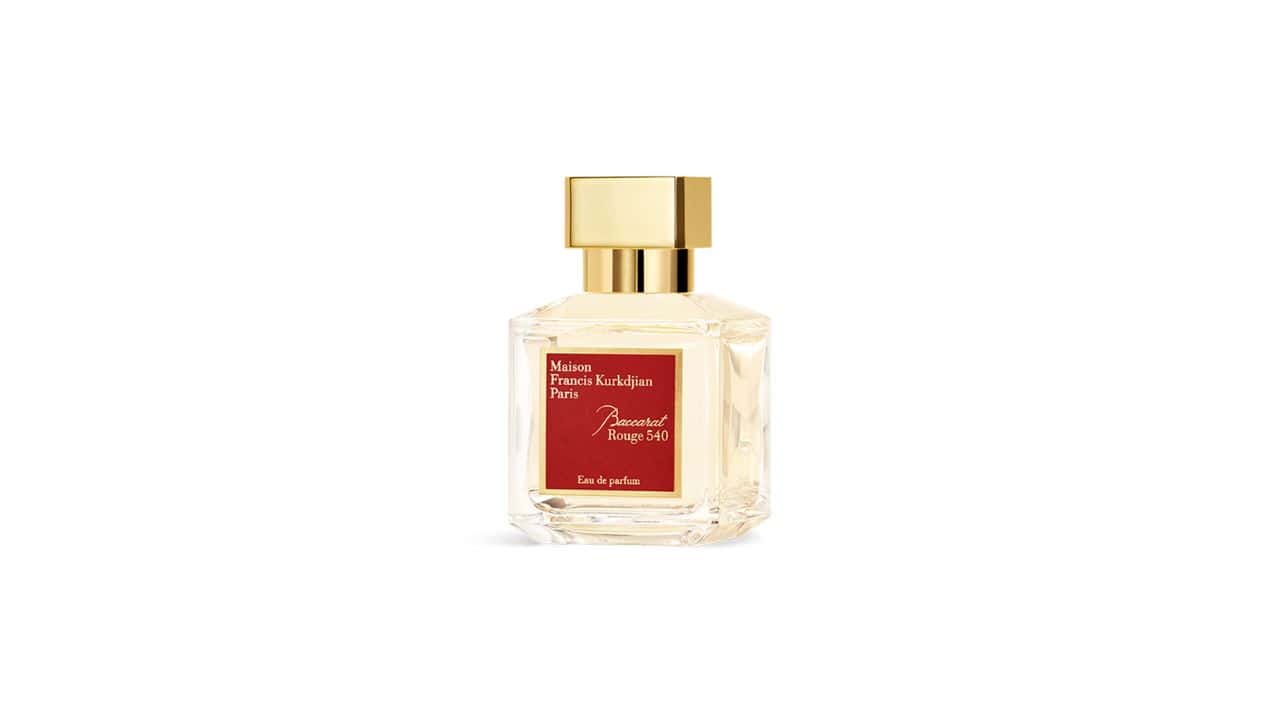
- Top Notes: Saffron, Jasmine
- Heart / Middle Notes: Amberwood, Ambergris, Hedione
- Base Notes: Fir Resin, Cedar, Sugar, Ambroxan, Oakmoss
Tom Ford Lost Cherry Eau de Parfum
Lost Cherry is a gourmand‑fruity blend with an unapologetic cherry sweetness and depth. Its opening is candy‑sweet and rich, but there’s more complexity in the heart and base where woods, spices, and balsamic notes ground the fruit so it doesn’t feel one‑dimensional. It’s bold, and often a compliment‑getter.
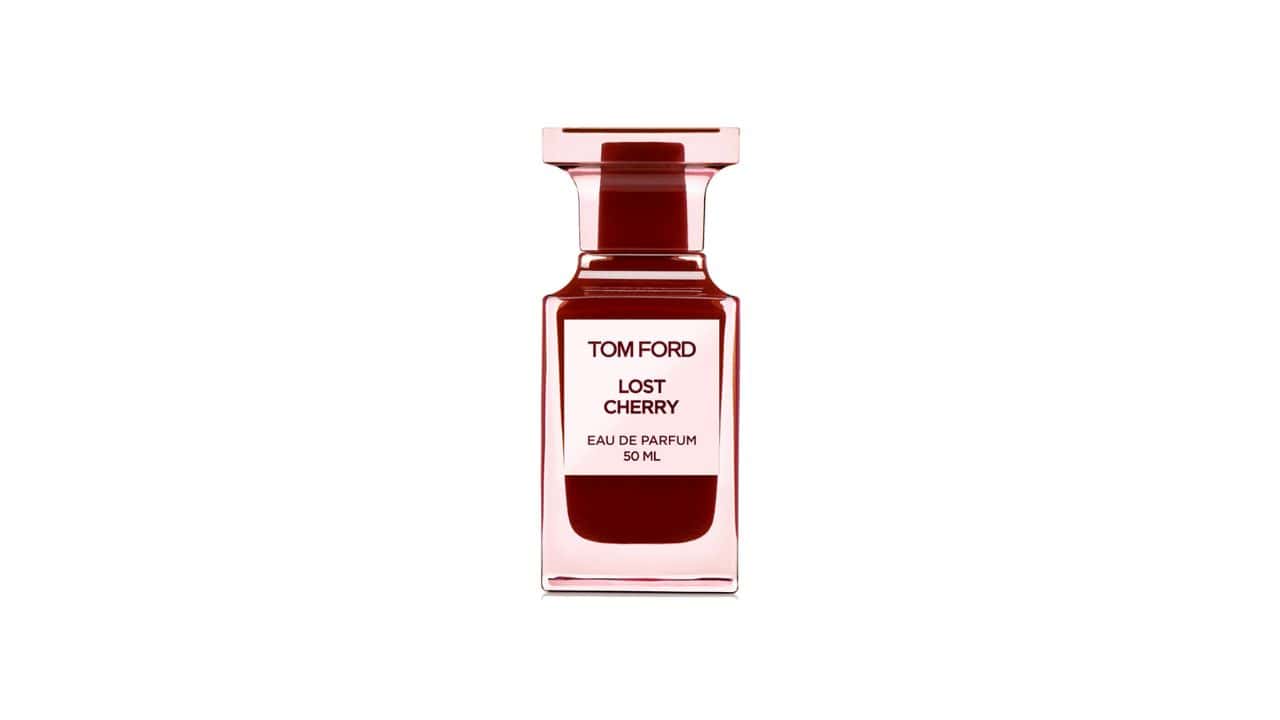
- Top Notes: Bitter Almond, Black Cherry, Cherry Liqueur
- Heart Notes: Sour Cherry, Plum, Turkish Rose, Jasmine Sambac
- Base Notes: Vanilla, Tonka Bean, Cinnamon, Peru Balsam, Sandalwood, Benzoin, Cloves, Cedar, Patchouli, Vetiver
Parfums de Marly Delina Eau de Parfum
Delina is a modern floral that leans sweet, flirtatious, and romantic. It manages to balance the sparkling fruitiness (lychee, rhubarb) with lush rose and soft florals in the heart, all resting on a creamy, slightly smoky and woody base. Perfect for daytime wear, spring/summer, but with enough depth to carry into evenings. Its bottle design and brand story also reinforce its prestige.
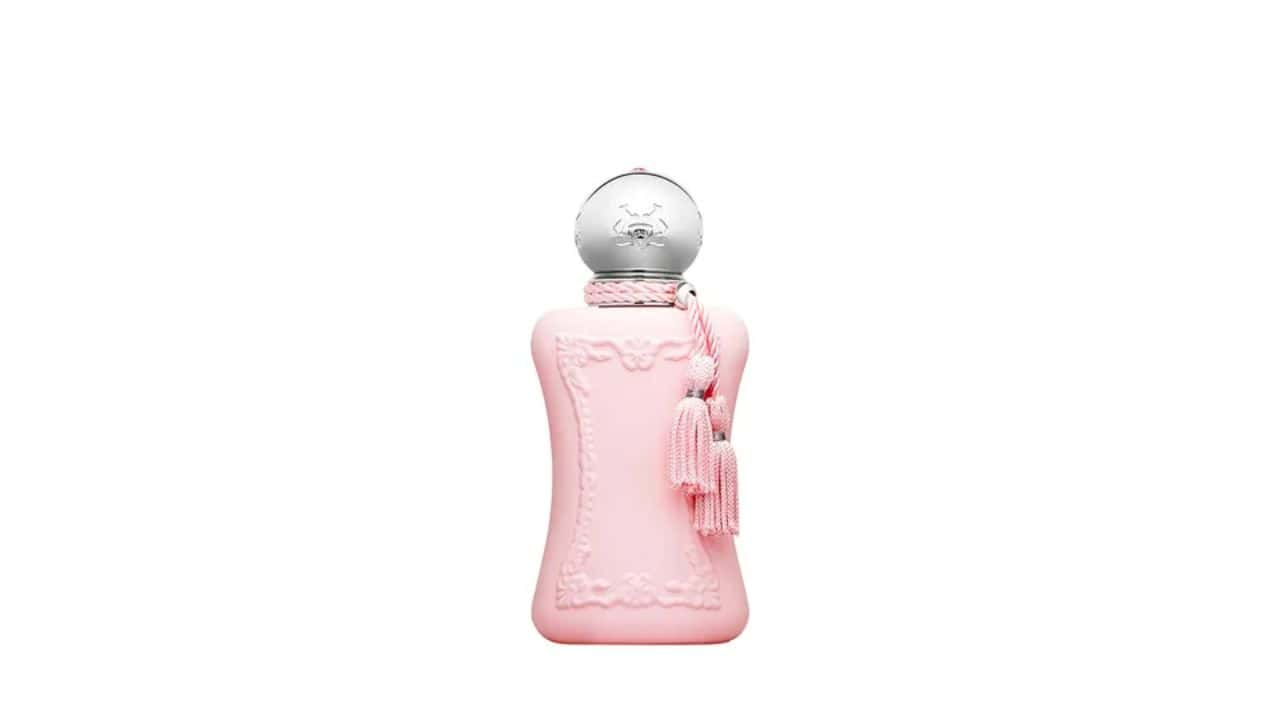
- Top Notes: Lychee, Rhubarb, Bergamot, Nutmeg
- Heart Notes: Turkish Rose, Peony, Lily of the Valley (Petalia), Vanilla
- Base Notes: Cashmeran, Incense, White Musk, Cedar, Haitian Vetiver
Amouage Reflection Man Eau de Parfum
Reflection Man is known for its elegant, refined profile. The opening is aromatic and spicy, giving freshness with rosemary & bitter orange leaves; the heart brings in white florals that feel luxurious but not overpowering. The base is woody and clean, which gives it wearability in more settings (office, social, evening). It’s the sort of scent that many consider a signature masculine‑leaning perfume because of its balance of elegance, freshness, and depth.
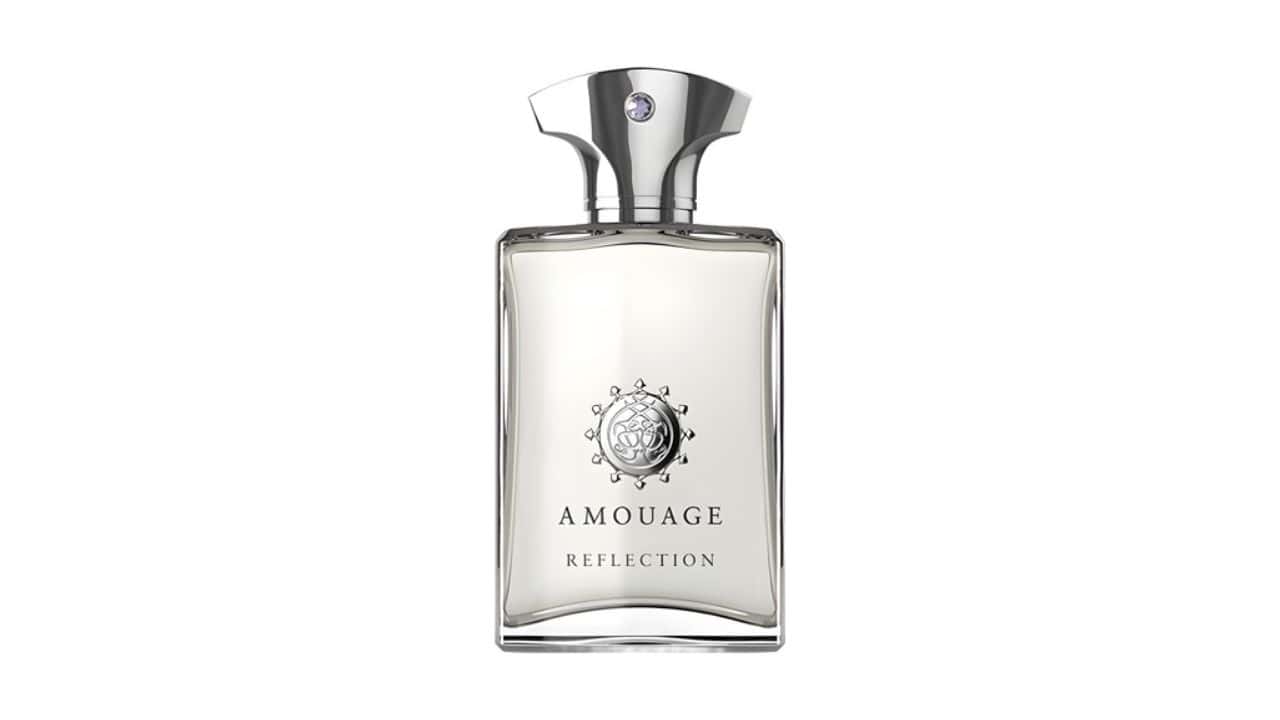
- Top Notes: Rosemary, Red Pepper Berries, Bitter Orange Leaves
- Heart Notes: Neroli, Orris, Jasmine, Ylang‑Ylang
- Base Notes: Vetiver, Patchouli, Sandalwood, Cedarwood
Xerjoff Oud Stars Alexandria II
Alexandria II stands out in the Oud Stars line because it blends powdery, spicy, fruity, and woody Oud in a way that feels both luxurious and approachable for oud lovers. The apple and cinnamon in the top give a warm, inviting intro; the heart softens it with rose, lily; the base deploys rich woods and oud, plus vanilla and musk, so the longevity and trail are strong. It appeals to those who like oriental/woody perfumes with depth and character.
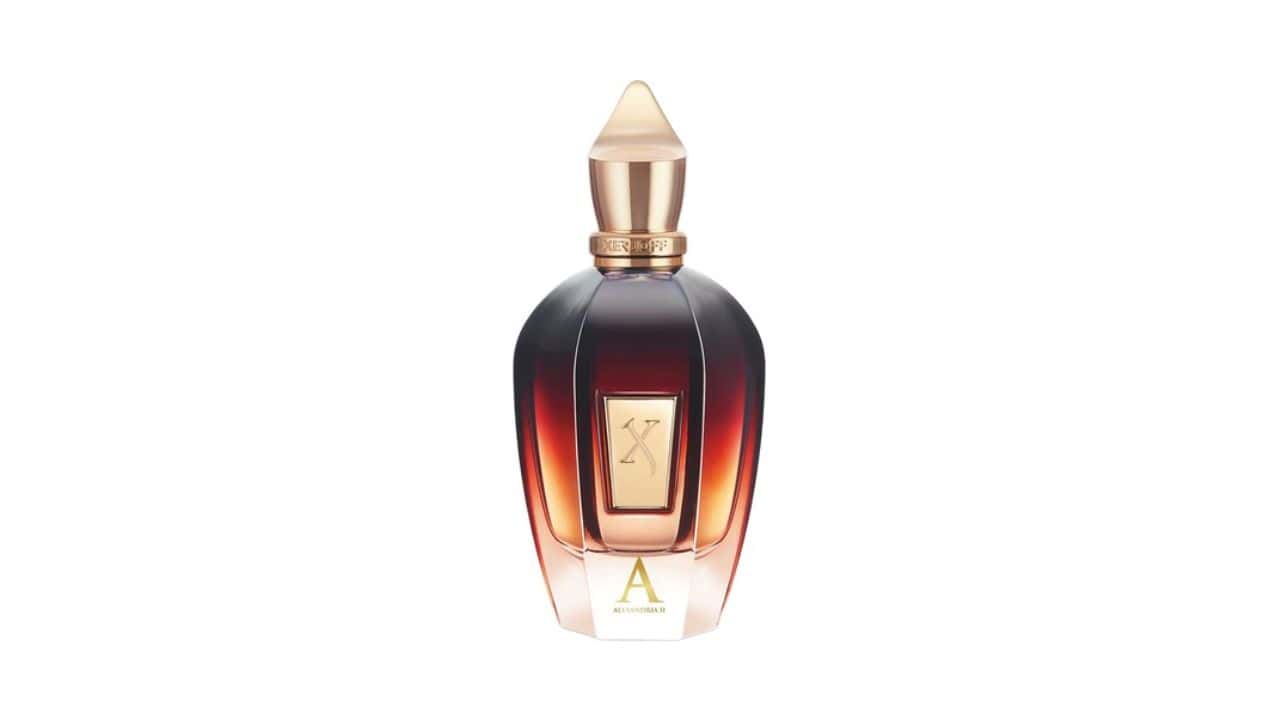
- Top Notes: Palisander Rosewood, Lavender, Cinnamon, Apple
- Heart Notes: Rose, Cedar, Lily‑of‑the‑Valley
- Base Notes: Agarwood (Oud), Sandalwood, Amber, Vanilla, Musk
How to Smell the Olfactory Pyramid in Action
To truly appreciate the architecture of a fragrance, you need to test it on your skin and allow time for the full pyramid to reveal itself. Here’s how:
- Spray the perfume on a clean, unscented area of your skin (wrist or inner elbow).
- Smell immediately to identify the top notes.
- Wait 15–30 minutes and smell again—the heart notes should now be dominant.
- After 2–4 hours, observe the dry-down—the base notes will now be more apparent.
Avoid rubbing your wrists together, as this can disrupt the molecular structure and cause top notes to fade more quickly. Also, remember that what smells good on paper may not perform the same on your skin. Always test before purchasing.
Why the Olfactory Pyramid Matters When Buying Perfume
Most people buy perfume based on the top notes, which is understandable—it’s your first impression. But this is like judging a novel by its first paragraph. To avoid buyer’s remorse, you need to consider the entire composition. Ask yourself: do I enjoy the heart of this fragrance after 30 minutes? Do I still love it at the end of the day when it’s mostly base notes?
Knowing how perfumes develop allows you to be strategic about your fragrance wardrobe. For example, if you love bright, zesty scents but they fade too quickly, look for citrus-forward fragrances with a strong woody or amber base. Or if you prefer soft florals that last, find heart-heavy compositions in EDP form with musky or resinous bases.
You’ll also become better at layering fragrances when you understand their construction. Combining perfumes with complementary heart or base notes can create a bespoke scent that reflects your mood or style.
Elevate Your Fragrance Journey with Expertly Crafted Scents
The beauty of fragrance lies in the exploration. No two people experience a scent in exactly the same way. What smells airy and refreshing on one person may turn creamy or spicy on another. That’s why experimenting with different note compositions, concentrations, and brands is key. Begin with sample vials, wear them across various seasons and occasions, and take note of which scent evolutions you enjoy most throughout the day.
As you build your collection, you’ll naturally learn what types of top notes excite you, which heart notes you gravitate toward, and which base notes give you that comforting signature finish. From everyday florals and fresh EDTs to deep, resinous parfums made for evening wear, understanding the olfactory pyramid lets you curate a wardrobe that reflects your personality and adapts to your environment.
Still, knowledge alone isn’t enough—quality matters. The ingredients used, the perfumer’s craftsmanship, and the authenticity of the formula all affect how notes are expressed over time. That’s why it’s important to source your fragrances from trusted retailers that prioritize genuine, high-performance compositions.
Discover your perfect fragrance collection at Beautinow – your trusted destination for authentic, professionally crafted fragrances that deliver luxury-quality results and help you master the art of scent selection that works beautifully with your unique style and fragrance goals.
Why choose Beautinow for your fragrance needs:
- Curated selection of authentic fragrances from trusted brands known for exceptional quality and artful note development
- High-performance fragrance options with proven longevity and sophisticated scent transitions across all note stages
- Specialized collections for every occasion, from light summer EDTs to rich, lasting parfums
- Detailed note breakdowns and educational resources to guide your fragrance journey
- Expert fragrance advice and personalized recommendations tailored to your skin chemistry, climate, and daily lifestyle
Your fragrance journey deserves the superior quality and expertly balanced note compositions that only come from professionally developed, master perfumer-crafted scents. Experience the difference that authentic, luxury-grade fragrances can make with Beautinow’s expertly curated collection—including celebrated favorites like Maison Francis Kurkdjian Baccarat Rouge 540, Le Labo Santal 33, and Chanel Coco Mademoiselle. These iconic perfumes aren’t just scents—they’re olfactory experiences that elevate your presence, mood, and memory.
Frequently Asked Questions
Q: How long do perfume top, heart, and base notes last?
A: Top notes usually last between 5‑20 minutes, heart (middle) notes tend to dominate for 1‑4 hours, and base notes can persist from several hours to all day, depending on the perfume concentration and your skin chemistry.
Q: Can I detect all three layers (top, heart, base) at once?
A: Not exactly—but sometimes you’ll smell overlapping cues. As the top notes begin to fade, the heart notes begin to emerge; likewise, the base may already be quietly developing even while heart notes are still present.
Q: Which perfume types emphasize base notes more strongly?
A: Oriental, woody, amber, and gourmand fragrance families generally emphasize the base layer more heavily, offering deeper, more lingering dry‑downs. These contrast with citrus or fresh‑floral scents, which lean more on top and heart notes for their appeal.
Related posts
10 Reasons Why You’ll Love Being a Beautinow VIP Member
In the constellation of luxury fragrance retailers, where every boutique promises exclusivity and every brand whispers of sophisticatio...
The Sophisticated Art of Finding Cheaper Alternatives to Tom Ford Black Orchid
There's something almost mythical about walking into a room wearing Tom Ford Black Orchid. The way heads turn, the subtle compliments t...
Best YSL Perfumes for Men in 2026: The Definitive Guide
In the hushed corners of Parisian perfumeries, where light filters through crystal bottles and conversation turns to notes of vetiver a...
Affordable Christmas Perfume Gifts That Actually Feel Luxurious
There's something inherently intimate about gifting fragrance—it's a gesture that says you've paid attention, that you understand someo...
The Definitive Guide to Perfumes That Smell Like Creed Aventus: Luxury Scents Without the Luxury Price Tag
There's a certain magnetism to walking into a room wearing the right fragrance. It's not loud, it's not desperate—it's simply there, co...
Perfume Advent Calendars: 12 Days of Niche Scents
There's something quietly revolutionary happening in the world of fragrance, and it arrives in December wrapped in numbered boxes. Forg...
Christmas Makeup Ideas: Your Guide to Festive Glamour That Actually Works
Picture this: You're getting ready for the season's most anticipated gathering, and you're faced with the same tired holiday makeup dil...
Perfumes That Smell Like Christmas: Your Guide to Festive Fragrance Magic
There's something almost alchemical about the way certain fragrances can transport you instantly to a snow-dusted evening in December, ...
Perfume for Sensitive Skin That Won’t Cause Allergies: The Essential Guide to Scent Without Irritation
There's a particular kind of disappointment that comes with finding a fragrance you love, only to discover hours later that your skin h...
10 of the Classic Perfumes That Never Go Out of Style: The Timeless Fragrances That Define Elegance
In the hushed elegance of a Parisian boutique, where crystal flacons catch the afternoon light like precious jewels, something remarkab...
Perfumes with the Most Beautiful Bottles: Where Art Meets Olfactory Excellence
In a world where first impressions are everything, the bottle sitting on your vanity speaks volumes before you've even spritzed a singl...
10 Best Chanel Perfumes: Timeless Elegance in Every Bottle
In the world of luxury fragrance, few names command the reverence and recognition that Chanel does. Picture this: it's 1921, and Gabrie...
Comments


